1. Introduction
G. Caginalp introduced in [1] and [2] the following phase-field systems:
|
∂u∂t+Δ2u−Δf(u)=−Δθ,
|
(1.1)
|
where u is the order parameter and θ is the (relative) temperature. These equations model phase transition processes such as melting/solidification processes and have been studied, e.g., in [4] for a similar phase-field model with a memory term. Eqs. (1.1)-(1.2) consist of the coupling of the Cahn-Hilliard equation introduced in [18] with the heat equation and are known as the conserved phase-field model, in the sens that, when endowed with Neumann boundary conditions, the spatial average of the order parameter is a conserved quantity (see below). We refer the reader to, e.g., [6,7,8,9,10,11,13,14,16,17,19,20,22,23,24,25].
Equations (1.1) and (1.2) are based on the total free energy
|
ψ(u,θ)=∫Ω(12|∇u|2+F(u)−uθ−12θ2)dx,
|
(1.3)
|
where Ω is the domain occupied by the material (we assume that it is a bounded and smooth domain of Rn, n=2 or 3) and F′=f (typically, F is the double-well potential F(s)=14(s2−1)2, hence f(s)=s3−s). We then introduce the enthalpy H defined by
where ∂ denotes a variational derivative, so that
The gouverning equations for u and θ are finally given by
where q is the thermal flux vector. Assuming the classical Fourier law
we obtain (1.1) and (1.2).
Now, one drawback of the Fourier law is that it predicts that thermal signals propagate with an infinite speed, which violates causality (the so-called "paradox of heat conduction", see, e.g. [5]). Therefore, several modifications of (1.8) have been proposed in the literature to correct this unrealistic feature, leading to a second order in time equation for the temperature.
In particular, we considered in [15] (see also [19] the Maxwell-Cattaneo law)
which leads to
|
η∂2θ∂t2+∂θ∂t−Δθ=−η∂2u∂t2−∂u∂t.
|
(1.10)
|
Green and Naghdi proposed in [21] an alternative treatment for a thermomechanical theory of deformable media. This theory is based on an entropy balance rather than the usual entropy inequality and is proposed in a very rational way. If we restrict our attention to the heat conduction, we recall that proposed three different theories, labelled as type Ⅰ, type Ⅱ and type Ⅲ, respectively. In particular, when type Ⅰ is linearized, we recover the classical theory based on the Fourier law. The linearized versions of the two other theories are decribed by the constitutive equation of type Ⅱ (see [12])
where
|
α(t)=∫tt0θ(τ)dτ+α0
|
(1.12)
|
is called the thermal displacement variable. It is pertinent to note that these theories have received much attention in the recent years.
If we add the constitutive equation (1.9) to equation (1.7), we then obtain the following equations for α (note that ∂α∂t=θ):
Our aim in this paper is to study the model consisting the equation (1.1) (θ=∂α∂t) and the temperature equation (1.13). In particular, we obtain the existence and the uniqueness of tne solutions.
2. Setting of the problem
We consider the following initial and boundary value problem (for simplificity, we take k=1):
|
∂u∂t+Δ2u−Δf(u)=−Δ∂α∂t,
|
(2.1)
|
|
u|t=0=u0,α|t=0=α0,∂α∂t|t=0=α1,
|
(2.4)
|
where Γ is the boundary of the spatial domain Ω.
We make the following assumptions:
|
f is of class C2(R),f(0)=0,
|
(2.5)
|
|
f′(s)⩾−c0,c0⩾0,s∈R,
|
(2.6)
|
|
f(s)s⩾c1F(s)−c2⩾−c3,c1>0,c2,c3⩾0,s∈R,
|
(2.7)
|
where F(s)=∫s0f(τ)dτ. In particular, the usual cubic nonlinear term f(s)=s3−s satisfies these assumptions.
We futher assume that
Remark 2.1. We take here, for simplicity, Dirichlet boundary conditions. However, we can obtain the same results for Neumann boundary conditions, namely,
|
∂u∂ν=∂Δu∂ν=∂α∂ν=0onΓ,
|
(2.9)
|
where ν denotes the unit outer normal to Γ. To do so, we rewrite, owing to (2.1) and (2.2), the equations in the form
|
∂¯u∂t+Δ2¯u−Δ(f(u)−⟨f(u)⟩)=−Δ∂¯α∂t,
|
(2.10)
|
|
∂2¯α∂t2−Δ¯α=−∂¯u∂t,
|
(2.11)
|
where ¯v=v−⟨v⟩, |⟨v0⟩|⩽M1, |⟨α0⟩|⩽M2, for fixed positive constants M1 and M2. Then, we note that
where, here, −Δ denotes the minus Laplace operator with Neumann boundary conditions and acting on functions with null average and where it is understood that
|
⟨.⟩=1vol(Ω)⟨.,1⟩H−1(Ω),H1(Ω).
|
Furthermore,
and
are norms in H−1(Ω), L2(Ω), H1(Ω) and H2(Ω), respectively, which are equivalent to the usual ones. We further assume that
|
|f(s)|⩽ϵF(s)+cϵ,∀ϵ>0,s∈R,
|
(2.12)
|
which allows to deal with term ⟨f(u)⟩.
We denote by ‖.‖ the usual L2-norm (with associated scalar product ((., .))) and set ‖.‖−1=‖(−Δ)−12.‖, where −Δ denotes the minus Laplace operator with Dirichlet boundary conditions. More generally, ‖.‖X denotes the norm in the Banach space X.
Throughout this paper, the same letters c, c′ and c″ denotes (generally positive) constants which may change from line to line, or even in a same line. Similary, the same letter Q denotes monotone increasing (with respect to each argument) functions which may change from line to line, or even in a same line.
3. A priori estimates
The estimates derived in this section are formal, but they can easily be justified within a Galerkin scheme.
We rewrite (2.1) in the equivalent form
|
(−Δ)−1∂u∂t−Δu+f(u)=∂α∂t.
|
(3.1)
|
We multiply (3.1) by ∂u∂t and have, integrating over Ω and by parts,
|
ddt(‖∇u‖2+2∫ΩF(u)dx)+2‖∂u∂t‖2−1=2((∂α∂t,∂u∂t)).
|
(3.2)
|
We then multiply (2.2) by ∂α∂t and obtain
|
ddt(‖∇α‖2+‖∂α∂t‖2)=−2((∂α∂t,∂u∂t)).
|
(3.3)
|
Summing (3.2) and (3.3), we find a differential inequality of the form
|
dE1dt+c‖∂u∂t‖2−1⩽c′,c>0,
|
(3.4)
|
where
|
E1=‖∇u‖2+2∫ΩF(u)dx+‖∇α‖2+‖∂α∂t‖2
|
satisfies
|
E1⩾c(‖u‖H1(Ω)+∫ΩF(u)dx+‖α‖2H1(Ω)+‖∂α∂t‖2)−c′,c>0,
|
(3.5)
|
hence estimates on u,α∈L∞(0,T;H10(Ω)), on ∂u∂t∈L2(0,T;H−1(Ω)) and on ∂α∂t∈L∞(0,T;L2(Ω)).
We multiply (3.1) by −Δ∂u∂t to find
|
12ddt‖Δu‖2+‖∂u∂t‖2=((Δf(u),∂u∂t))−((Δ∂α∂t,∂u∂t)),
|
which yields, owing to (2.5) and the continuous embedding H2(Ω)⊂C(¯Ω),
|
ddt‖Δu‖2+‖∂u∂t‖2⩽Q(‖u‖H2(Ω))−2((Δ∂α∂t,∂u∂t)).
|
(3.6)
|
Multiplying also (2.2) by −Δ∂α∂t, we have
|
ddt(‖Δα‖2+‖∇∂α∂t‖2)=2((Δ∂α∂t,∂u∂t)).
|
(3.7)
|
Summing then (3.6) and (3.7), we obtain
|
ddt(‖Δu‖2+‖Δα‖2+‖∇∂α∂t‖2)+‖∂u∂t‖2⩽Q(‖u‖H2(Ω)).
|
(3.8)
|
In particular, setting
we deduce from (3.8) an inequation of the form
Let z be the solution to the ordinary differential equation
|
z′=Q(z),z(0)=y(0).
|
(3.10)
|
It follows from the comparison principle that there exists T0=T0(‖u0‖H2(Ω),‖α0‖H2(Ω),‖α1‖H1(Ω)) belonging to, say, (0,12) such that
|
y(t)⩽z(t),∀t∈[0,T0],
|
(3.11)
|
hence
|
‖u(t)‖2H2(Ω)+‖α(t)‖2H2(Ω)+‖∂α∂t(t)‖2H1(Ω)⩽Q(‖u0‖H2(Ω),‖α0‖H2(Ω),‖α1‖H1(Ω)),t⩽T0.
|
(3.12)
|
We now differentiate (3.1) with respect to time and have, noting that ∂2α∂t2=Δα−∂u∂t,
|
(−Δ)−1∂∂t∂u∂t−Δ∂u∂t+f′(u)∂u∂t=Δα−∂u∂t.
|
(3.13)
|
We multiply (3.13) by t∂u∂t and find, owing to (2.6)
|
ddt(t‖∂u∂t‖2−1)+32t‖∇∂u∂t‖2⩽ct(‖∂u∂t‖2+‖∇α‖2)+‖∂u∂t‖2−1,
|
hence, noting that ‖∂u∂t‖2⩽c‖∂u∂t‖−1‖∇∂u∂t‖,
|
ddt(t‖∂u∂t‖2−1)+t‖∇∂u∂t‖2⩽ct(‖∂u∂t‖2−1+‖∇α‖2)+‖∂u∂t‖2−1.
|
(3.14)
|
In particular, we deduce from (3.4), (3.12), (3.14) and Gronwall's lemma that
|
‖∂u∂t‖2−1⩽1tQ(‖u0‖H2(Ω),‖α0‖H2(Ω),‖α1‖H1(Ω)),t∈(0,T0].
|
(3.15)
|
Multiplying then (3.13) by ∂u∂t, we have, proceeding as above,
|
ddt‖∂u∂t‖2−1+‖∇∂u∂t‖2⩽c(‖∂u∂t‖2−1+‖∇α‖2).
|
(3.16)
|
It thus follows from (3.4), (3.16) and Gronwall's lemma that
|
‖∂u∂t‖2−1⩽ectQ(‖u0‖H2(Ω),‖α0‖H2(Ω),‖α1‖H1(Ω))‖∂u∂t(T0)‖2−1,t⩾T0,
|
(3.17)
|
hence, owing to (3.15),
|
‖∂u∂t‖2−1⩽ectQ(‖u0‖H2(Ω),‖α0‖H2(Ω),‖α1‖H1(Ω)),t⩾T0.
|
(3.18)
|
We now rewrite (3.1) in the forme
|
−Δu+f(u)=hu(t),u=0onΓ,
|
(3.19)
|
for t⩾T0 fixed, where
|
hu(t)=−(−Δ)−1∂u∂t+∂α∂t
|
(3.20)
|
satisfies, owing to (3.4) and (3.18)
|
‖hu(t)‖⩽ectQ(‖u0‖H2(Ω),‖α0‖H2(Ω),‖α1‖H1(Ω)),t⩾T0.
|
(3.21)
|
We multiply (3.19) by u and have, noting that f(s)s⩾−c, c⩾0, s∈R,
|
‖∇u‖2⩽c‖hu(t)‖2+c′.
|
(3.22)
|
Then, multipying (3.19) by −Δu, we find, owing to (2.6),
|
‖Δu‖2⩽c(‖hu(t)‖2+‖∇u‖2).
|
(3.23)
|
We thus deduce from (3.21)−(3.23) that
|
‖u(t)‖2H2(Ω)⩽ectQ(‖u0‖H2(Ω),‖α0‖H2(Ω),‖α1‖H1(Ω)),t⩾T0,
|
(3.24)
|
and, thus, owing to (3.12)
|
‖u(t)‖2H2(Ω)⩽ectQ(‖u0‖H2(Ω),‖α0‖H2(Ω),‖α1‖H1(Ω)),t⩾0.
|
(3.25)
|
Returning to (3.7), we have
|
ddt(‖Δα‖2+‖∇∂α∂t‖2)⩽‖Δ∂α∂t‖2+‖∂u∂t‖2.
|
(3.26)
|
Noting that it follows from (3.4), (3.16) and (3.18) that
|
∫tT0(‖Δ∂α∂t‖2+‖∂u∂t‖2)dτ⩽ectQ(‖u0‖H2(Ω),‖α0‖H2(Ω),‖α1‖H1(Ω)),t⩾T0,
|
(3.27)
|
we finally deduce from (3.12) and (3.25)−(3.27) that
|
‖u(t)‖2H2(Ω)+‖α(t)‖2H2(Ω)+‖∂α∂t(t)‖2H1(Ω)⩽ectQ(‖u0‖H2(Ω),‖α0‖H2(Ω),‖α1‖H1(Ω)),t⩾0.
|
(3.28)
|
4. Existence and uniqueness of solutions
We first have the following.
Theorem 4.1. We assume that (2.5)−(2.8) hold and (α0,α1)∈(H10(Ω)∩H2(Ω))×H10(Ω). Then, (2.1)−(2.4) possesses at last one solution (u,α,∂α∂t) such that
|
u,α∈L∞(0,T;H10(Ω)∩H2(Ω)),∂u∂t∈L2(0,T;H−1(Ω))and∂α∂t∈L∞(0,T;H10(Ω)).
|
Proof. The proof is based on (3.28) and, e.g., a standard Galerkin scheme.
We have, concerning the uniqueness, the following.
Theorem 4.2. We assume that the assumptions of Theorem 4.1 hold. Then, the solution obtained in Theorem 4.1 is unique
Proof. Let (u(1),α(1),∂α(1)∂t) and (u(2),α(2),∂α(2)∂t) be two solutions to (2.1)−(2.3) with initial data (u(1)0,α(1)0,α(1)1) and (u(2)0,α(2)0,α(2)1), respectively. We set
|
(u,α,∂α∂t)=(u(1),α(1),∂α(1)∂t)−(u(2),α(2),∂α(2)∂t)
|
and
|
(u0,α0,α1)=(u(1)0,α(1)0,α(1)1)−(u(2)0,α(2)0,α(2)1).
|
Then, (u,α) satisfies
|
∂u∂t+Δ2u−Δ(f(u(1))−f(u(2)))=−Δ∂α∂t,
|
(4.1)
|
|
u|t=0=u0,α|t=0=α0,∂α∂t|t=0=α1.
|
(4.4)
|
We multiply (4.1) by (−Δ)−1∂u∂t and (4.2) by ∂α∂t and have, summing the two resulting equations,
|
ddt(‖∇u‖2+‖∇α‖2+‖∂α∂t‖2)+‖∂u∂t‖2−1⩽‖∇(f(u(1))−f(u(2)))‖2.
|
(4.5)
|
Furthermore,
|
‖∇(f(u(1))−f(u(2))‖=‖∇(∫10f′(u(1)+s(u(2)−u(1)))dsu)‖⩽‖∫10f′(u(1)+s(u(2)−u(1)))ds∇u‖+‖∫10f″(u(1)+s(u(2)−u(1)))(∇u(1)+s∇(u(2)−u(1)))dsu‖⩽Q(‖u(1)0‖H2(Ω),‖u(2)0‖H2(Ω),‖α(1)0‖H1(Ω),‖α(2)0‖H1(Ω),‖α(1)1‖H1(Ω),‖α(2)1‖H1(Ω))×(‖∇u‖+‖|u||∇u(1)|‖+‖|u||∇u(2)|‖)⩽Q(‖u(1)0‖H2(Ω),‖u(2)0‖H2(Ω),‖α(1)0‖H1(Ω),‖α(2)0‖H1(Ω),‖α(1)1‖H1(Ω),‖α(2)1‖H1(Ω))‖∇u‖.
|
(4.6)
|
We thus deduce from (4.5) and (4.6) that
|
ddt(‖∇u‖2+‖∇α‖2+‖∂α∂t‖2)+‖∂u∂t‖2−1⩽Q(‖u(1)0‖H2(Ω),‖u(2)0‖H2(Ω),‖α(1)0‖H1(Ω),‖α(2)0‖H1(Ω),‖α(1)1‖H1(Ω),‖α(2)1‖H1(Ω))‖∇u‖2.
|
(4.7)
|
In particular, we have a differential inequality of the form
where
satisfies
|
E2⩾c(‖u‖2H1(Ω)+‖α‖2H1(Ω)+‖∂α∂t‖2)−c′.
|
(4.9)
|
It follows from (4.8)−(4.9) and Gronwall's lemma that
|
‖u(t)‖2H1(Ω)+‖α(t)‖2H1(Ω)+‖∂α∂t(t)‖2⩽ceQt(‖u0‖2H1(Ω)+‖α0‖2H1(Ω)+‖α1‖2),t⩾0,
|
(4.10)
|
hence the uniqueness, as well as the continuous dependence with respect to the initial data in the H1×H1×L2-norm.
Acknowledgments
The authors wish to thank the referees for their careful reading of the paper and useful comments.
Conflict of interest
All authors declare no conflicts of interest in this paper.











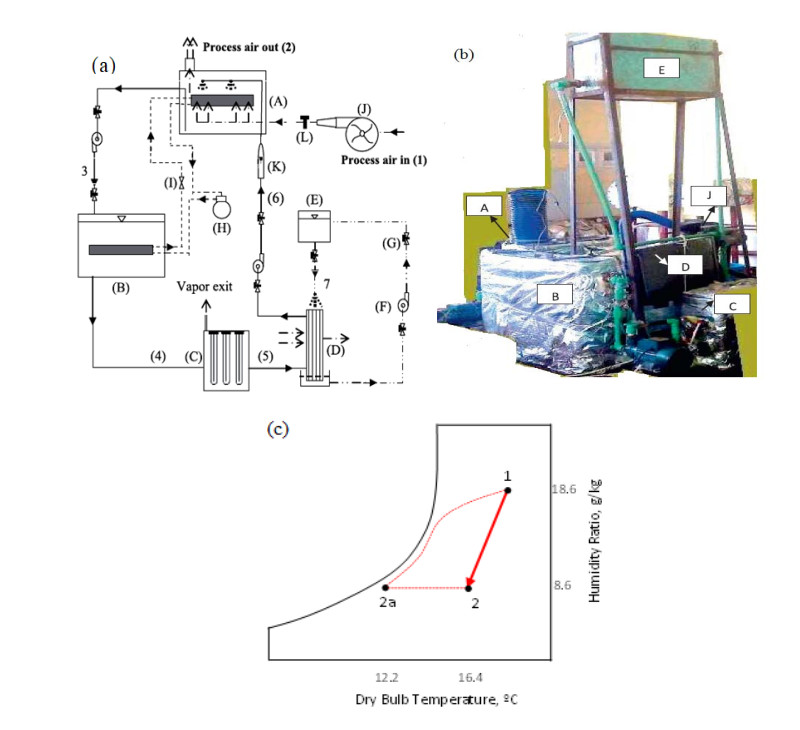
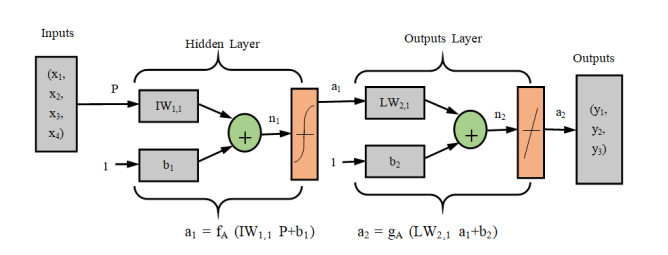
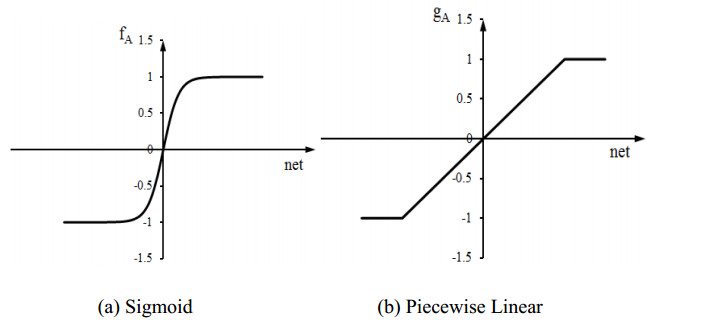
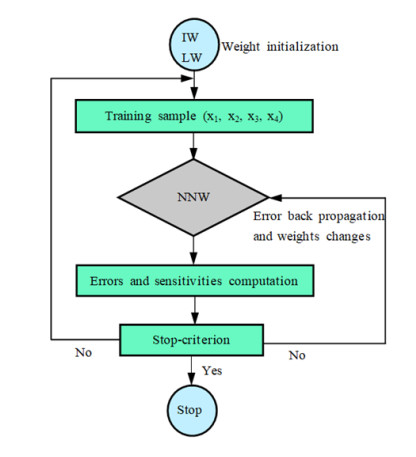
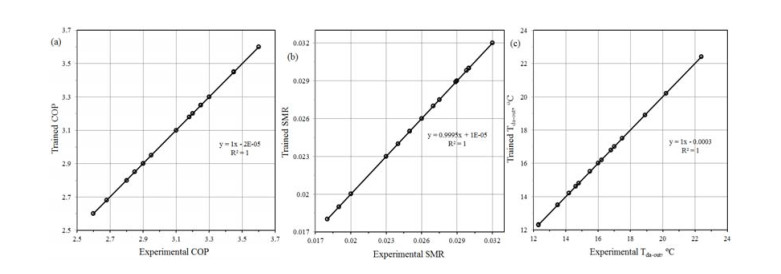
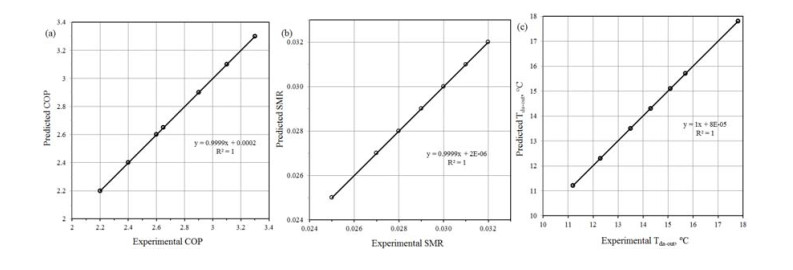
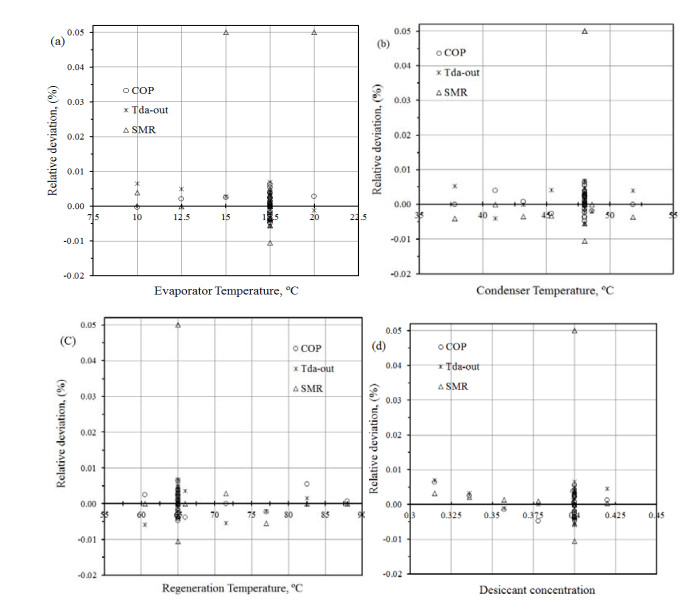


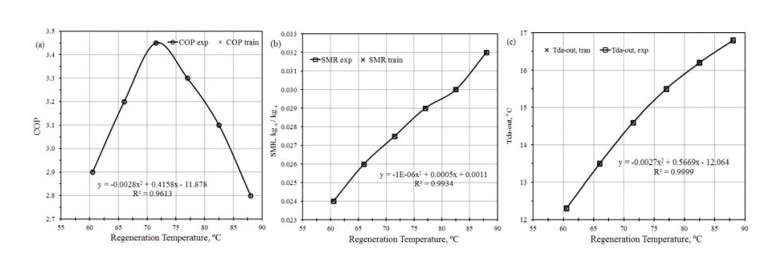
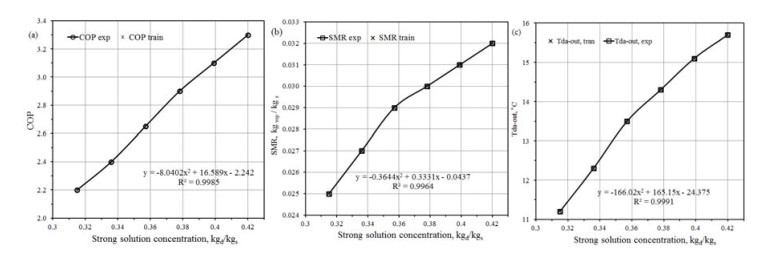


 DownLoad:
DownLoad:


